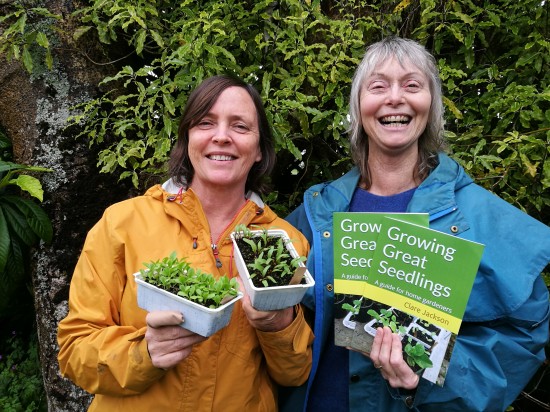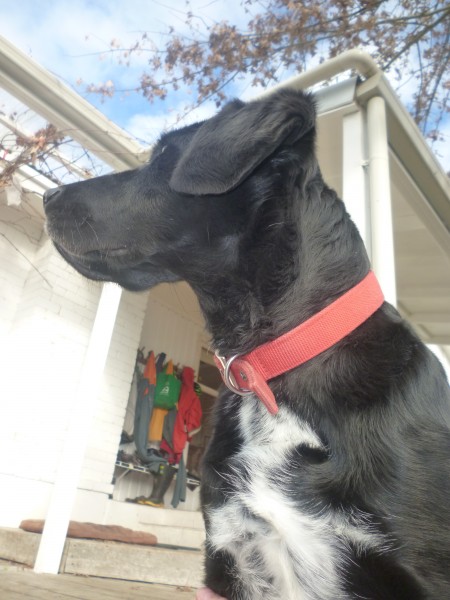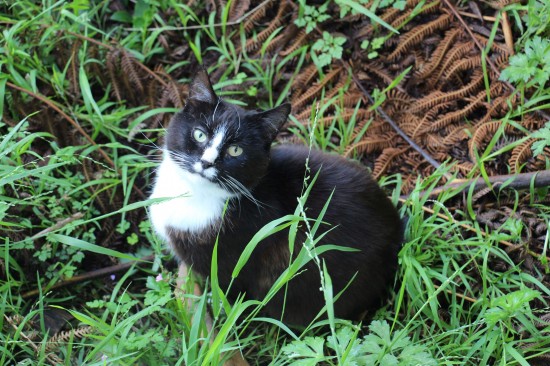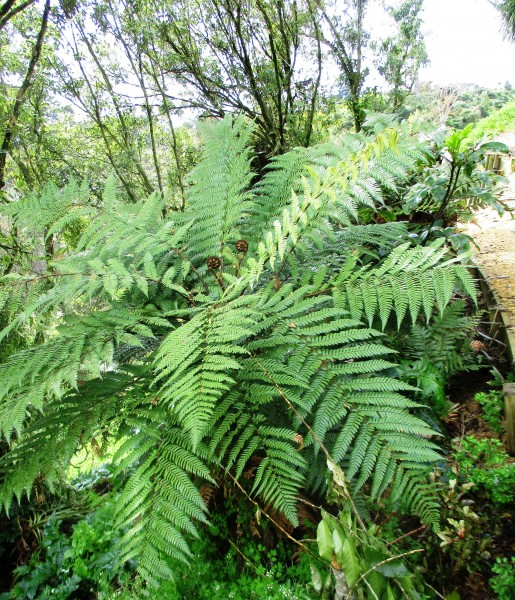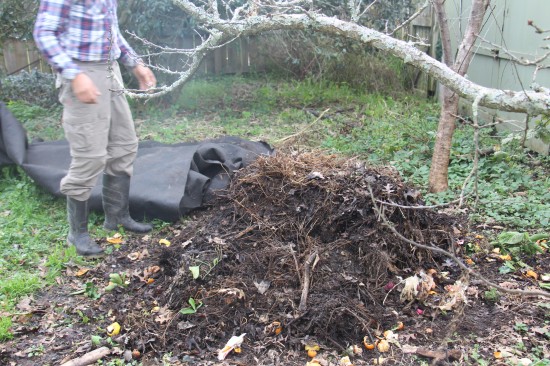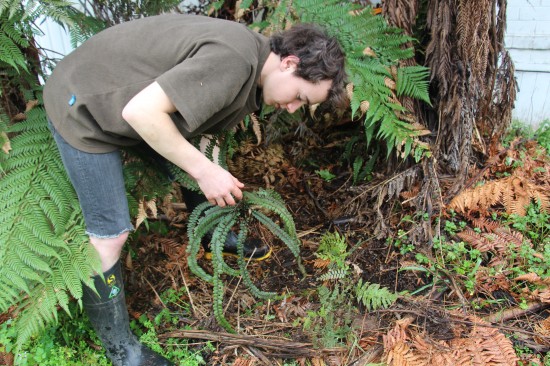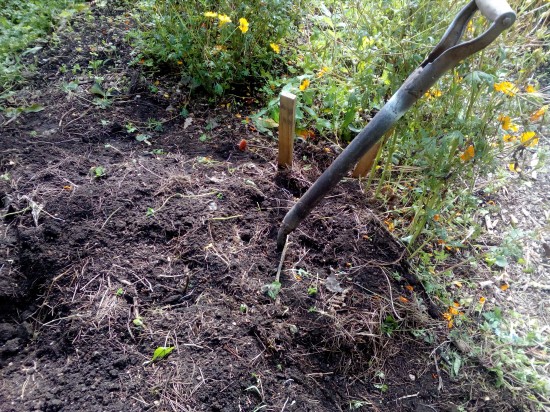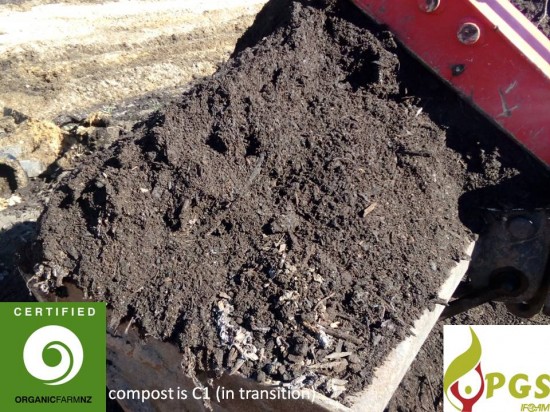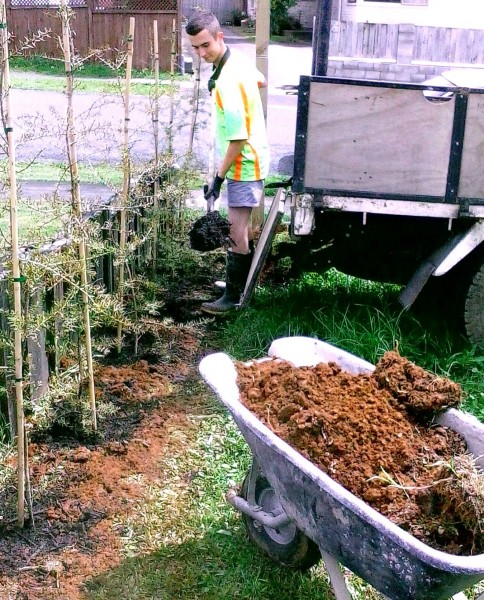Pets are part of the family, so include them in your garden plans!
Have you ever wondered what makes a backyard beautiful…to your cat or your dog? After all, our 'best friends' often spend more time outdoors than we do. Putting a bit of thought into creating a garden that’s animal friendly will save frustration for pets and owners alike. Here are some design tips for an attractive garden that’s safe and fun for pets:
Grass Keep it longer and thicker - a longer lawn copes better with toilet stops. Another benefit - you won’t have lawn prickles if grass is maintained around 10cm long. In hot weather a deep, soft lawn is much cooler for fur kids to lie on.
Planting Create a natural barrier between dog and garden by planting the more robust species along garden edges, with softer plants on the inside. If possible, buy larger plants, these will withstand a bit of trampling from the start. A surprising list of garden plants are poisonous to pets (eg tomato), so do your research.
Edible grass Grow a supply of fresh grass in pots (seeds for cat grass are available from Kings Seeds). Both cats and dogs will enjoy a chew.
Pesticides and herbicides Most of these are highly toxic to cats and dogs and are easily absorbed through sensitive paws and noses. We recommend you avoid them if you’re concerned for the welfare and health of your pets. Your dog and cat will thank you!
Shade and shelter Well sited hedges and trees regulate the temperature, clean and filter the air and absorb noise. Make sure there’s a spreading shade tree, cosy corners to curl up in and a safe hidey hole for a cat to peep out from.
Safety Secure the compost, recycle and rubbish bins to prevent choking or poisoning (and mess!). Keep the cat inside at night for its own safety and to protect native birds and insects.
No go zone Fence off the veggie garden if you can. Of course, a fence won’t stop the cat, but you could spread crop cover over vegetable beds to stop digging.
Fun and games Dogs enjoy some shrubbery to fossick about in, and a perimeter to patrol. Establish a designated digging area in the garden. This could be a patch of loose soil or sand, tucked away out of sight. Cats feel safe and superior when they can keep watch from up on a flat-topped fence or post. Special offer! 25% discount on GreenFootprint Garden Consultations for the month of April. Would you like your garden to be more pet friendly, sustainable and beautiful? contact me for professional garden advice. $150 incl. per one hour visit (includes written report). Travel costs apply outside Hamilton City.
